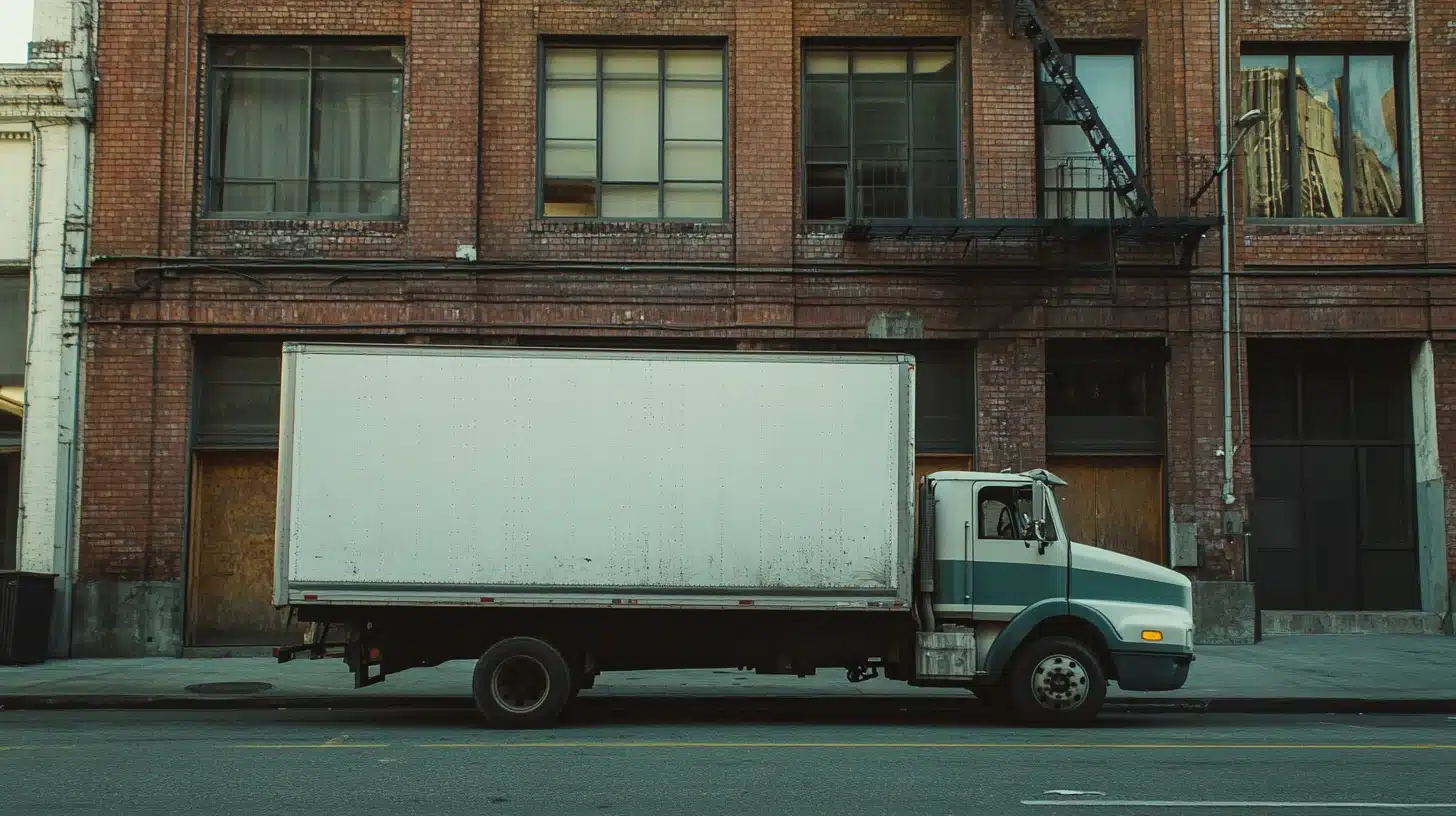Embrace the Adventure, Not the Hassle: Strategies for a Relaxing Long-Distance Move
Pre-Move Planning
Planning a long-distance move can be daunting, but breaking it into manageable parts ensures a smooth process. One of the first steps is to organize your schedule early. A comprehensive checklist can help keep track of tasks such as moving cross country, notifying utility companies, and gathering packing supplies.
An organized approach helps reduce last-minute scrambles and forgotten tasks. It’s recommended that planning should be started at least two months before the move date. According to experts, early preparation can significantly reduce the stress associated with moving. Structured planning helps ensure that every step of the move is accounted for, minimizing potential hiccups.
Packing Strategies

Effective packing starts with sorting your belongings. Begin with non-essential items and move to daily necessities as your moving date approaches. Utilize color-coded labels to identify each box’s contents and destinations, making unpacking more straightforward.
For fragile items, ensure they are cushioned using bubble wrap, newsprint, or linens to prevent damage during transit. Packing room by room can streamline the process and make it easier to locate items when you arrive at your new home. Use sturdy boxes, and don’t overpack them to avoid breakage.
Special attention should be given to valuables and essential documents, packed separately and kept with you during the move. Creating an inventory list for all packed items can also help track insurance purposes.
Choosing the Right Movers
Choosing a reputable moving company is crucial for a hassle-free relocation. Look for movers with positive reviews and valid licenses. Websites like Forbes offer helpful reviews and rankings of long-distance moving companies, making your decision easier.
Verify the mover’s credentials through the Federal Motor Carrier Safety Administration (FMCSA) to ensure they are authorized for interstate moves. Don’t hesitate to ask for recommendations from friends and family, as personal experiences can provide valuable insight.
Additionally, quotes from at least three companies should be obtained to compare pricing and services. Be aware of hidden fees and ensure everything is documented in a written contract to ensure understanding. Investing time in researching and selecting the right movers can prevent many common mishaps.
Managing Moving Day

Keep essential documents, medications, and valuables with you on a moving day rather than packing them in the moving truck. Ensure all boxes are clearly labeled, and communicate any last-minute instructions to your movers. Maintaining open communication and providing guidance on which boxes are fragile or need prioritization can help ensure a smooth process.
Arrange for snacks and refreshments for everyone involved, as moving is a physically demanding task. Having a plan for children and pets on moving day, such as arranging a babysitter or pet sitter, can also reduce stress and allow you to focus on the move. A well-organized approach can prevent confusion and ensure everything goes according to plan, making the experience more streamlined and less chaotic.
Settling In
Upon arriving at your new home, prioritize setting up your kitchen and bedrooms. You’ll likely spend the most time in these areas, which will help make the transition smoother. Unpacking these rooms first means you can start preparing meals and ensure a good night’s sleep right from the first day.
Also, take the time to introduce yourself to your new neighbors, helping you feel more integrated into your new community. Establishing connections can provide a support system and make your new location feel more like home.
Additionally, familiarize yourself with the local amenities such as grocery stores, schools, and medical facilities. Setting up utilities and updating your address with important institutions should also be a priority in the first few days.
Common Challenges
Long-distance moves often come with unexpected hurdles, such as delays, weather issues, or miscommunication with your movers. Stay flexible and have contingency plans. For example, keeping extra clothing and important supplies in your vehicle can be a lifesaver if there are delays.
A well-stocked first aid kit and keeping significant phone numbers handy can mitigate some of these challenges and ensure you’re prepared for any situation. Additionally, consider the emotional challenges that come with moving long distances.
Staying connected with friends and family through regular updates and visits can help alleviate feelings of homesickness and isolation. It’s important to be prepared logistically, mentally, and emotionally for the transition.
Budgeting Tips
Moving can be expensive, especially over long distances. Setting a realistic budget and sticking to it is crucial. Consider all potential expenses, such as travel, packing supplies, and temporary lodging, if needed. Many people find it helpful to use budgeting apps to track expenses and stay organized during the move.
Plan for additional costs such as pet transportation, moving insurance, and utility deposits in your new home. It’s always better to overestimate your budget to avoid any financial stress.
Additionally, look for ways to save money, such as sourcing free boxes from local retailers or decluttering before the move to reduce the volume of transported items. Selling or donating unwanted items can also help offset moving costs.
Final Thoughts
While moving long distances is never easy, thorough planning and smart strategies can make the process more manageable. Every step counts towards a successful relocation, from packing efficiently to choosing the right movers. Take it one step at a time, and don’t hesitate to ask for help.
With the right preparation, your new home will quickly become as comfortable as the old one. Take the time to celebrate this new chapter in your life and embrace the opportunities that come with a fresh start.
The effort you put into organizing and planning your move will pay off as a smoother transition and a positive moving experience.







